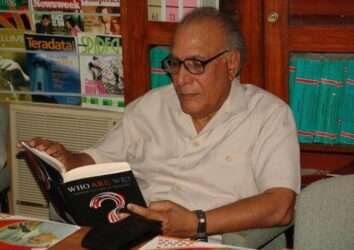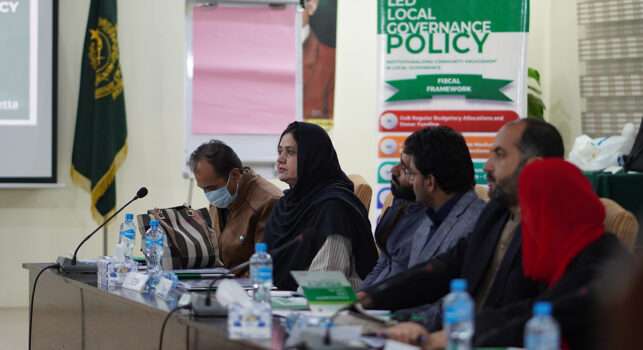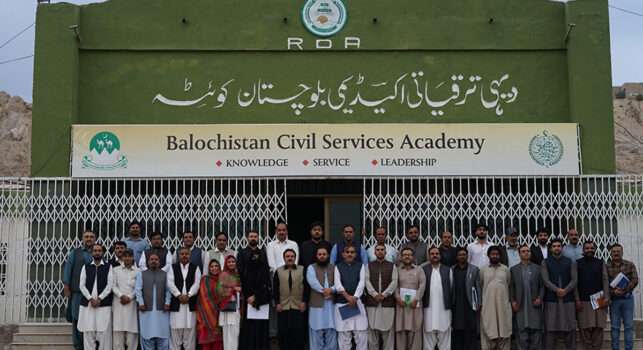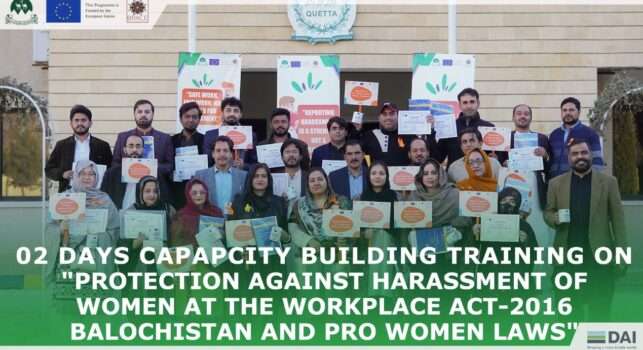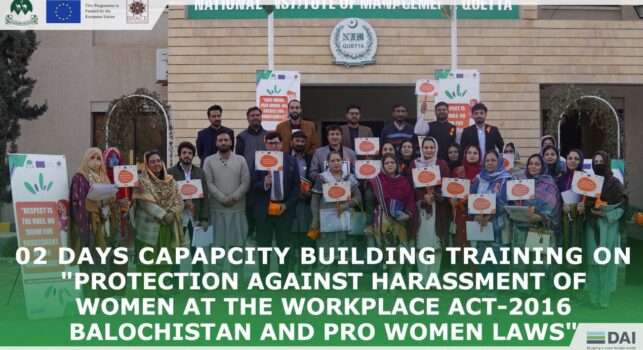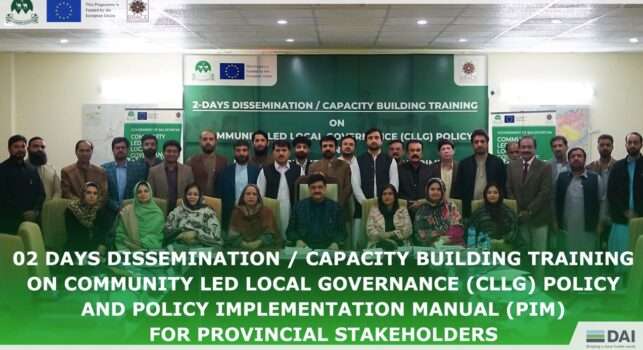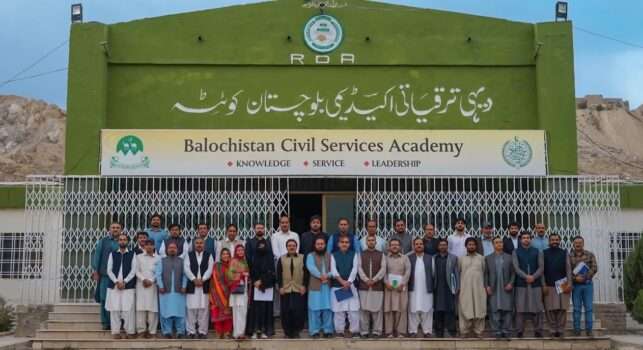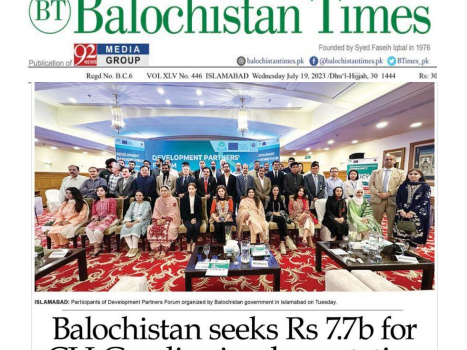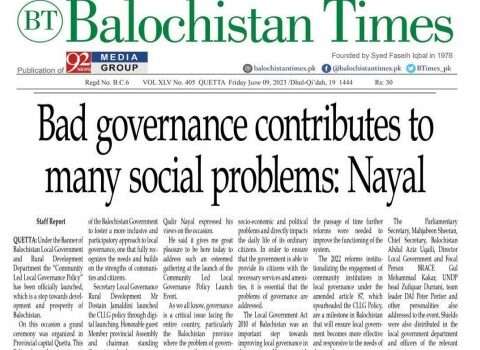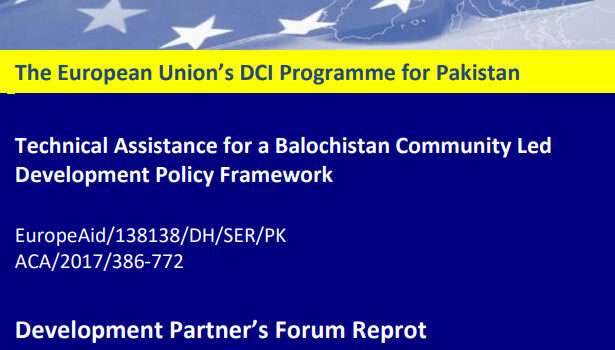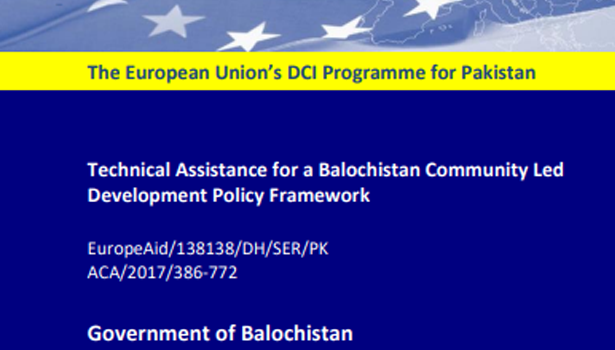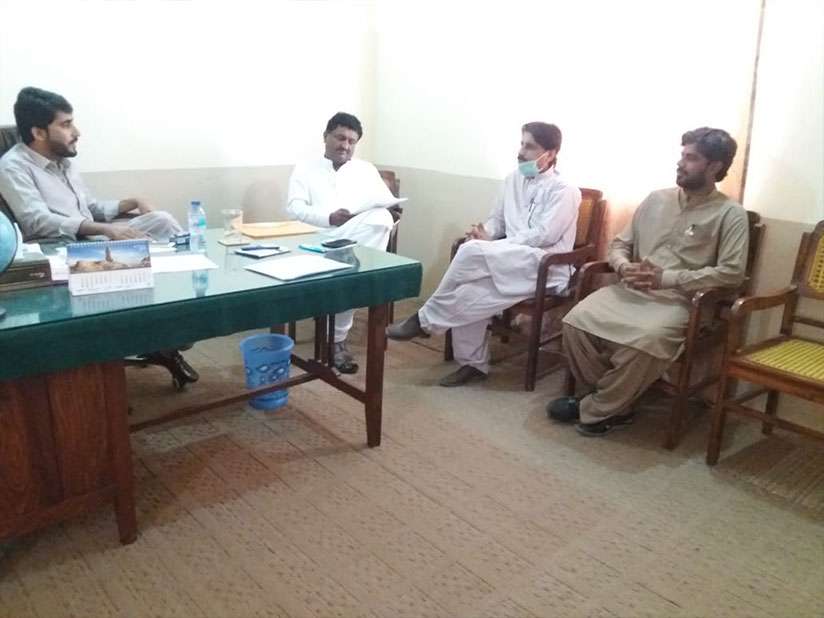Balochistan Rural Development and Community Empowerment (BRACE) Programme
The population of Balochistan has suffered disproportionately, relative to the other regions of the country. This is due to weak public policies, poor governance, the geopolitical situation, and huge presence of Afghan refugees, but also due to rising militancy, security issues and abject poverty.
Balochistan with its vast geography, has rich mineral and energy resources and an untapped human resources potential, that provides an opportunity to transform the existing situation.
The Balochistan Rural Development and Community Empowerment (BRACE) Programme, funded by the European Union, is a strategic Government development effort to alleviate rural poverty, by building on Community Mobilization and Citizen Empowerment.
BRACE Programme Target Districts
The BRACE Programme targets 300,000 households in 211 Union Councils.
The households will be reached through 16,531 Community Organizations (CO), 2,685 Village Organizations (VO), 211 Local Support Organizations (LSO) at Union Council level, and 27 LSO Networks at Tehsil level, and 09 LSOs at district level.
Drawing on 33,062 CO activists/office bearers, 5,370 VO members and 422 LSO office bearers, with 323 Activists workshops/ Manager Conferences planned for 12,920 office bearers of COs/VOs/LSOs.
Read MoreBRACE Programme Policy & Fiscal Framework
The BRACE Programme (2017-2022) TA Component 1, aims to establish an innovative Government of Balochistan (GoB) Community-Driven (CD) Local Government and Rural Development (LG&RD) Policy & Fiscal Framework.
The TA component is implemented by DAI/Human Dynamics
The CD-LG&RD Policy and Fiscal Framework is to enable establishment and sustainable operations of empowered Community Institutions created by BRACE Component 2, in which Citizens are institutionally organized, and become equal partners to the GoB in a Community-Driven Local Government Development Dialogue
BRACE Component 3 aims at establishing a Public Financial Management (PFM) Framework, which regulates the resources of the CD-LG&RD Policy and Fiscal Framework.
Read MoreBRACE Programme Outcomes & Outputs
- Component 1 aims to establish an innovative Government of Balochistan (GoB) Community-Driven Local Government and Rural Development (CD-LG&RD) Policy & Fiscal Framework. This TA component is implemented by DAI/Human Dynamics
- Component 2 aims to establish sustainable Community Institutions in which Citizens and Communities are empowered and institutionally organized to become equal partners in the GoB Community Driven Local Government Policy and Development Dialogue, andis implemented by the BRSP, NRSP and RSPN
- Component 3 aims at establishing a Public Financial Management (PFM) Framework, that enables the GoB to fund and implement its Community-Driven Local Government & Rural Development Policies and Development Plans, and is implemented by the Oxford Policy Management (OPM).
Media & Resources
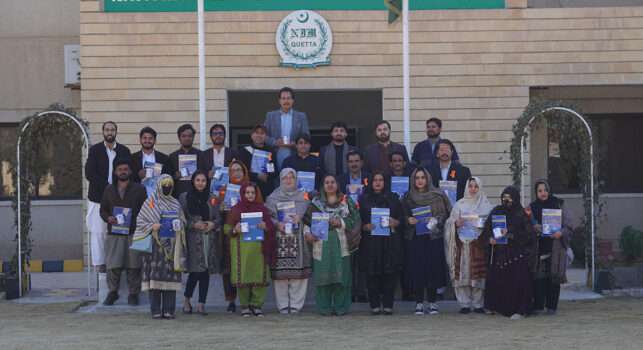
(06-07/12/2023) 2 Days Capacity Building Training on “The Protection Against Harassment of Women at the Workplace Act 2016 Balochistan and Pro-Women Laws” for LGRDD Provincial Staff


























